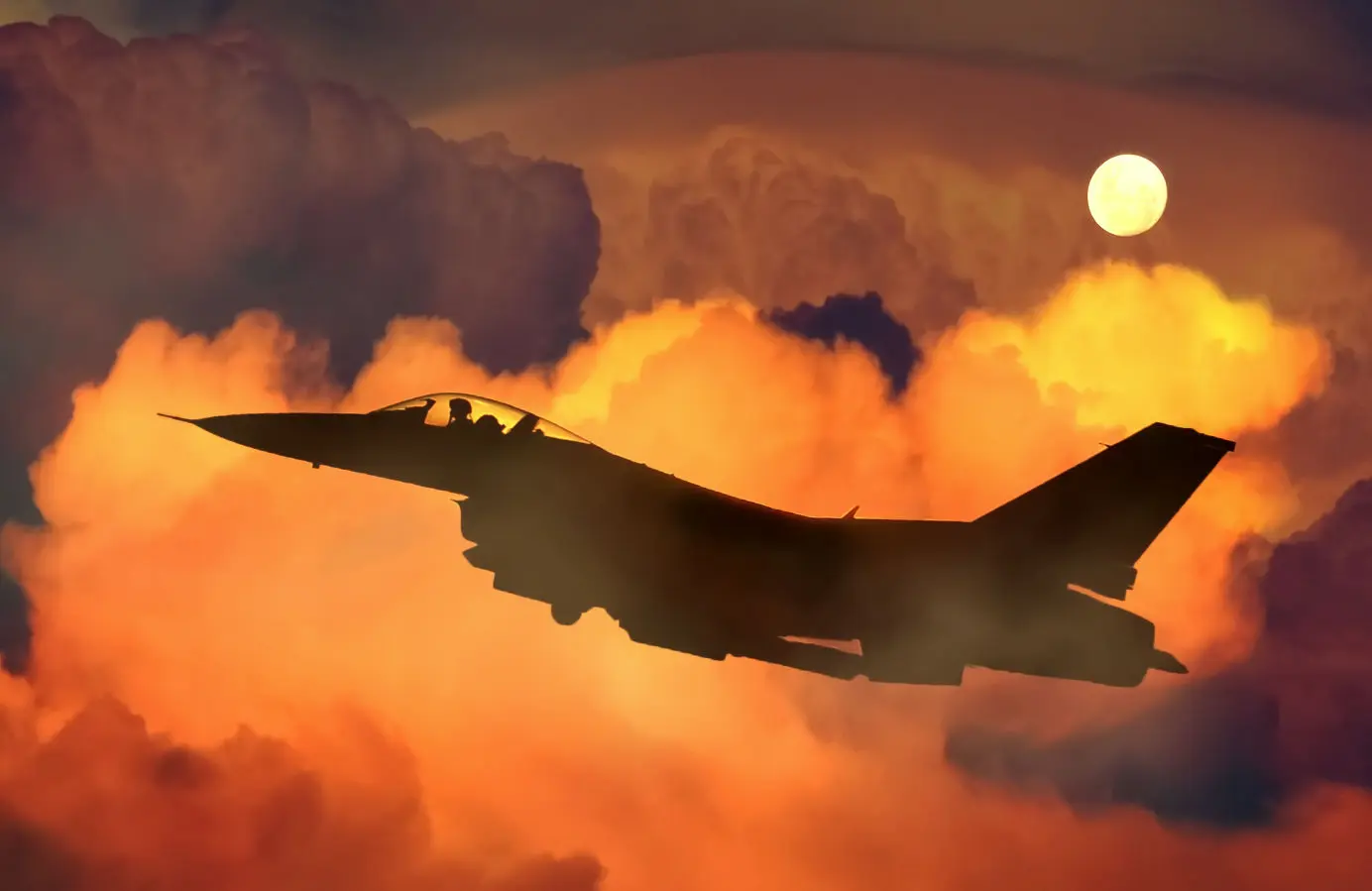
Can an F-16 Land on an Aircraft Carrier?
While the F-16 is a highly capable fighter jet, it is not designed to land on an aircraft carrier. We explore the reasons why F-16s are not suitable for carrier landings and the specific challenges involved in such operations.
Table of Contents
Can an F-16, a powerful fighter jet synonymous with speed and agility, land on an aircraft carrier?
This question has sparked the imagination of aviation enthusiasts and military aficionados alike. While the idea of witnessing such a feat may seem like something out of an action movie, the reality is that it has never been attempted in real-world scenarios.
The F-16, with its incredible capabilities, was designed primarily for land-based operations. However, the concept of an F-16 landing on an aircraft carrier has garnered significant attention before, prompting debates among experts and pilots in the aviation community.
The compact size and capabilities of the F-16 make it a suitable candidate for carrier operations, at least in theory. However, the challenges of catapult launches, arrested recoveries, and limited carrier runway length present substantial obstacles.
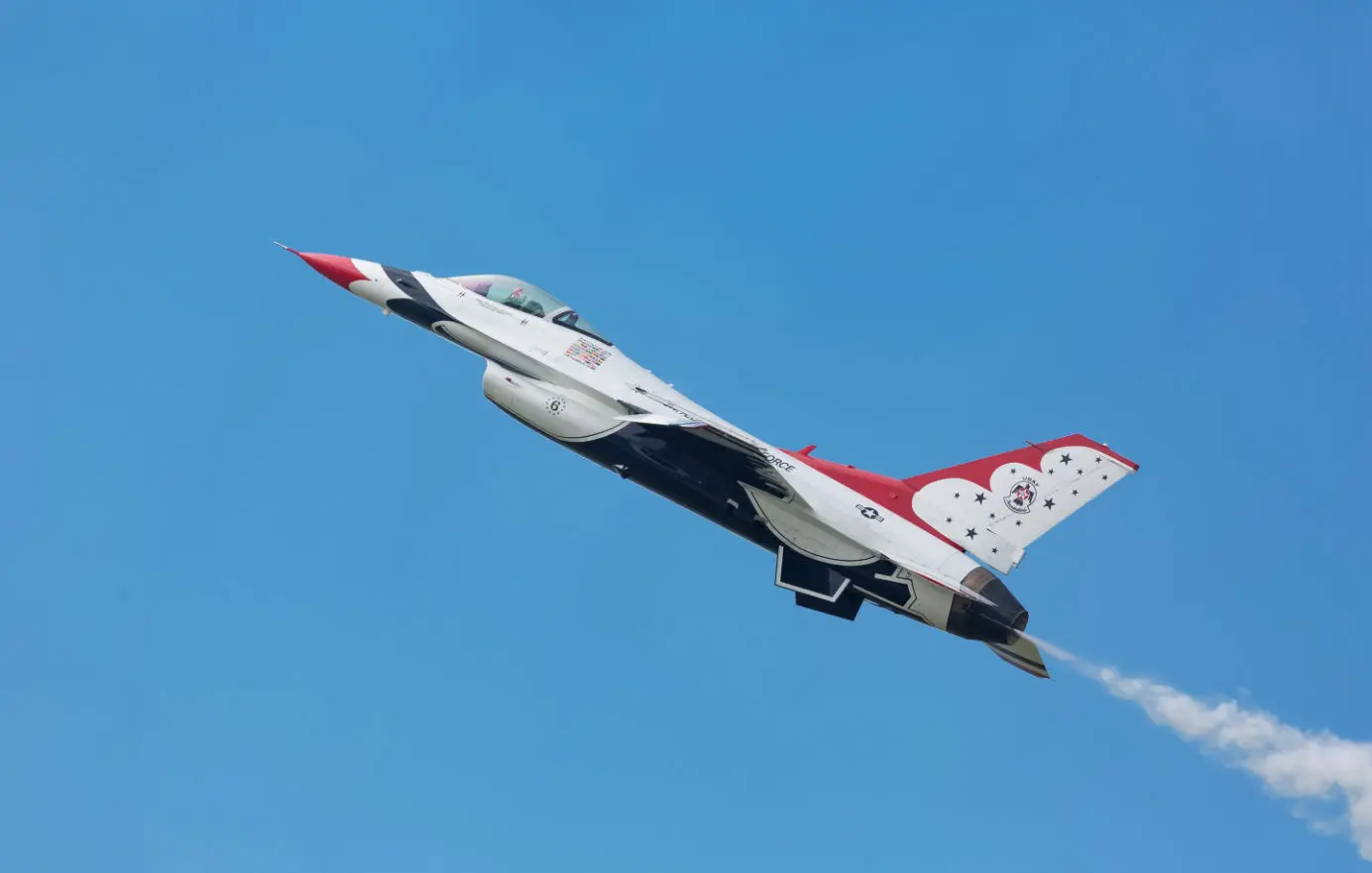
In this article, we will delve into the question: Can an F-16 land on an aircraft carrier? We will explore the factors involved, such as airframe restrictions and landing gear limitations. Join us as we navigate the complexities of carrier-based landings and uncover the truth behind this captivating question.
Challenges of Landing an F-16 on an Aircraft Carrier
Landing an F-16 on an aircraft carrier poses numerous challenges that must be addressed before such an endeavor can be considered.
One of the most significant obstacles is the limited runway length available on an aircraft carrier. The aircraft carrier's landing area, known as the "landing zone," is much shorter than a typical runway, requiring precise and controlled landings. Therefore,
Therefore, the fighter jets must land at a much higher speed than if they were on land: Because if the plane's hook is not caught by the wire on the landing deck that is supposed to slow it down, the aircraft must have a high enough speed to be able to take off again, and not crash into the ocean.
Additionally, aircraft carrier takeoffs have their own challenges. Because the runway is so short, the plane has to get up to takeoff speed very quickly. To do this, the fighters are accelerated powerfully down the carrier's runway by a complex launch system called the Electromagnetic Aircraft Launch System (EMALS). You can view it as a kind of catapult, which practically shoots the planes off.
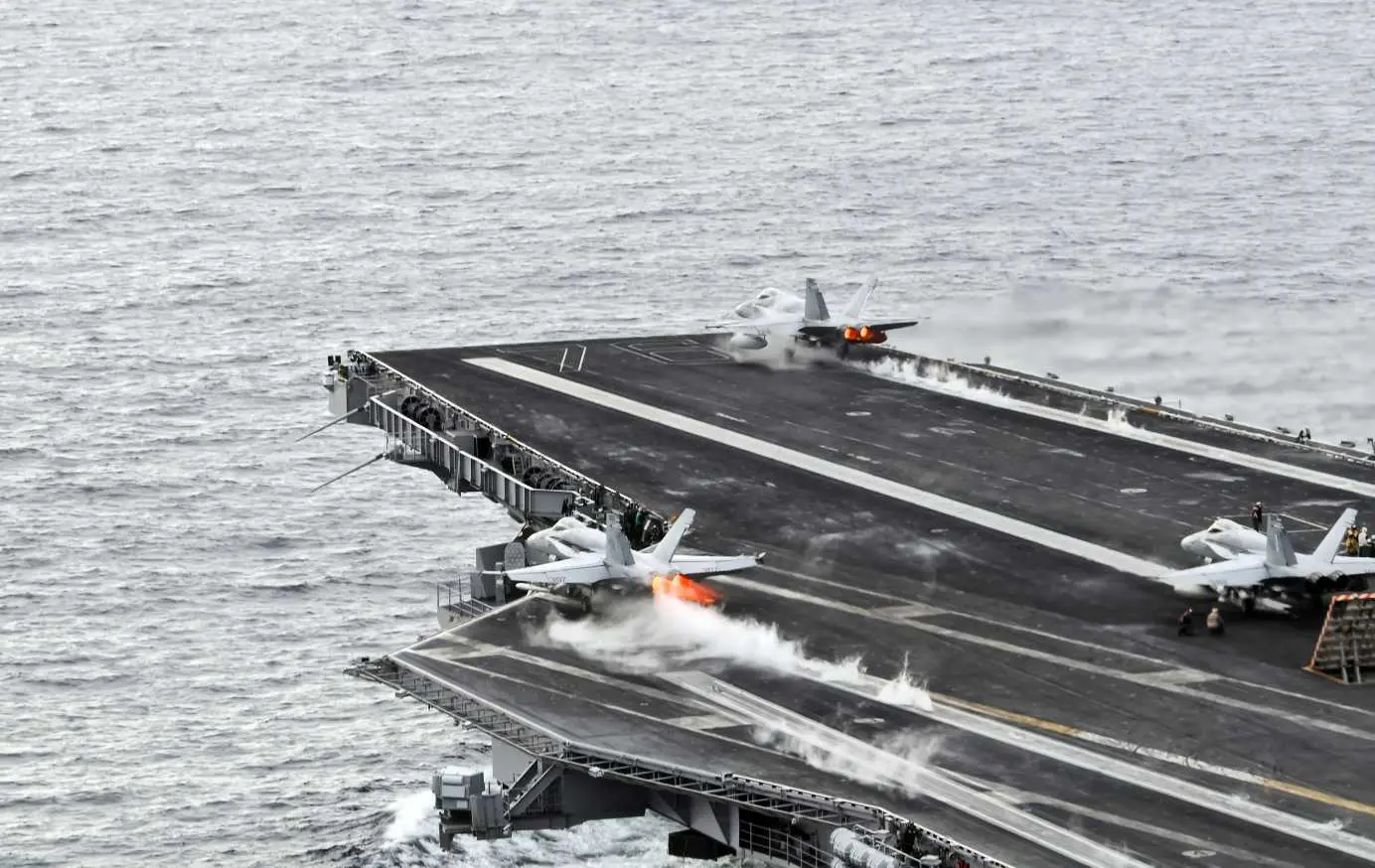
The forces that the aircraft are exposed to during carrier takeoffs and landings place great demands on the aircraft's strength and overall construction.
This is why carrier-based fighter aircraft needs to be more robust and have a stronger airframe than their land-based siblings. They need to be able to handle the tremendous forces of carrier takeoffs and landings.
They also need to be equipped with a tail hook to be able to come to a safe stop, aided by the braking wire on the deck. While some Air Force jets do have a tail hook for emergency purposes, they are not strong enough for aircraft carrier landings. The braking wire would simply rip off the hook.
The landing gear is another matter. Carrier-based aircraft land with a high vertical speed, coming down quickly onto the carrier landing deck. The F-16's landing gear is not strong enough for that. It also doesn't have the special catapult link required for the EMALS launch system.
Finally, the pilots' training is also different. During his or her training, a Navy pilot has learned the special skills required to take off and land from an aircraft carrier. Although USAF pilots are also incredibly skilled, they are not trained in aircraft carrier operations.
The Possibility of Modifying the F-16 for Carrier-Based Operations
Given the challenges associated with landing an F-16 on an aircraft carrier, extensive modifications would be necessary to make it suitable for theoretical carrier-based operations.
One potential modification would involve strengthening the landing gear and airframe of the F-16 to withstand the increased stresses and impact forces of carrier landings. The current design of the F-16's landing gear and structure is not optimized for the demanding conditions of carrier operations.
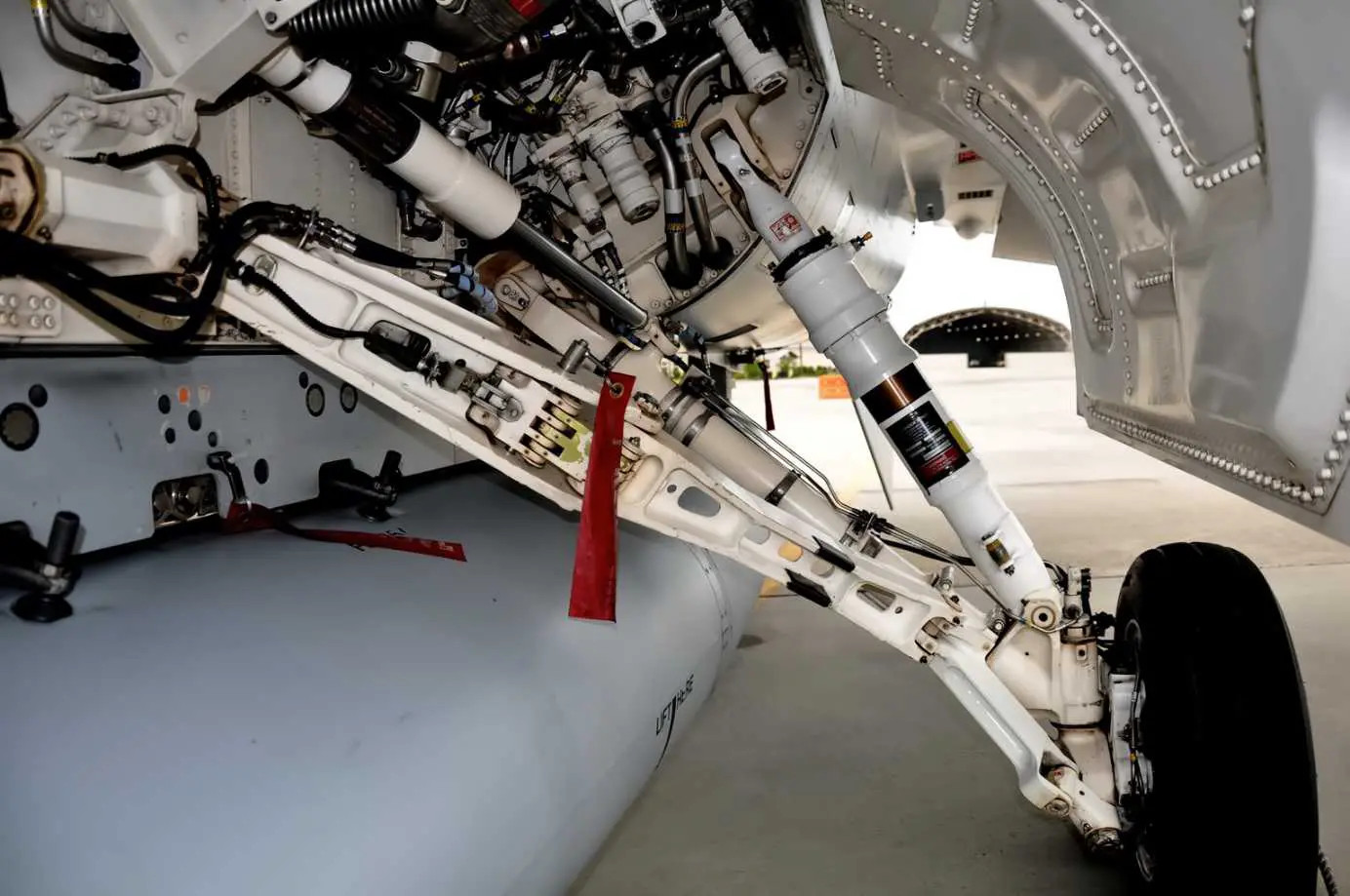
Another necessary modification would be equipping the F-16 with a tail hook for arresting the aircraft when landing. Carrier-capable fighter aircraft use a tail hook which is caught by a wire on the carrier deck when touching down. The wire is attached to a complex braking system which helps the fast landing aircraft to come to a safe stop, in a very short distance.
Finally, pilots need to be very well trained in carrier operations. Aircraft carrier takeoffs and landings require special skills because of the unique environment and very limited space available. Things get even more demanding during night operations.
Although the F-16 we know today cannot operate from an aircraft carrier, the idea is not a new one. When the F-16 was chosen for production and procurement by the United States Air Force, a specific variant was also proposed for the US Navy for use on aircraft carriers. This model was called the Vought Model 1600 and was to feature structural strengthening, an arrestor hook and a more robust undercarriage to be able to withstand the more severe and demanding conditions on an aircraft carrier. The Vought Model 1600 was dropped in favor of the F/A-18 Hornet which the US Navy preferred.
The Advantages and Disadvantages of Using F-16s on Aircraft Carriers
The concept of using F-16s on aircraft carriers comes with both advantages and disadvantages. One advantage is the F-16's versatility and combat capabilities. As a highly maneuverable fighter jet, the F-16 could provide significant firepower and air superiority in naval operations. Its speed and agility could prove advantageous in engaging enemy aircraft and defending the carrier.
Another advantage is the potential cost savings associated with using existing F-16s for carrier-based operations. Instead of developing and procuring new aircraft specifically designed for carrier operations, modifying existing F-16s could be a more cost-effective solution.
However, it is unknown how expensive such a modification program would be, and whether it is even possible to carry out such comprehensive changes in the F-16's structure. And now that the Lockheed Martin F-35 Lightning II is set to fill the role as the US Navy's fighter jet, a carrier-capable F-16 is highly unlikely.
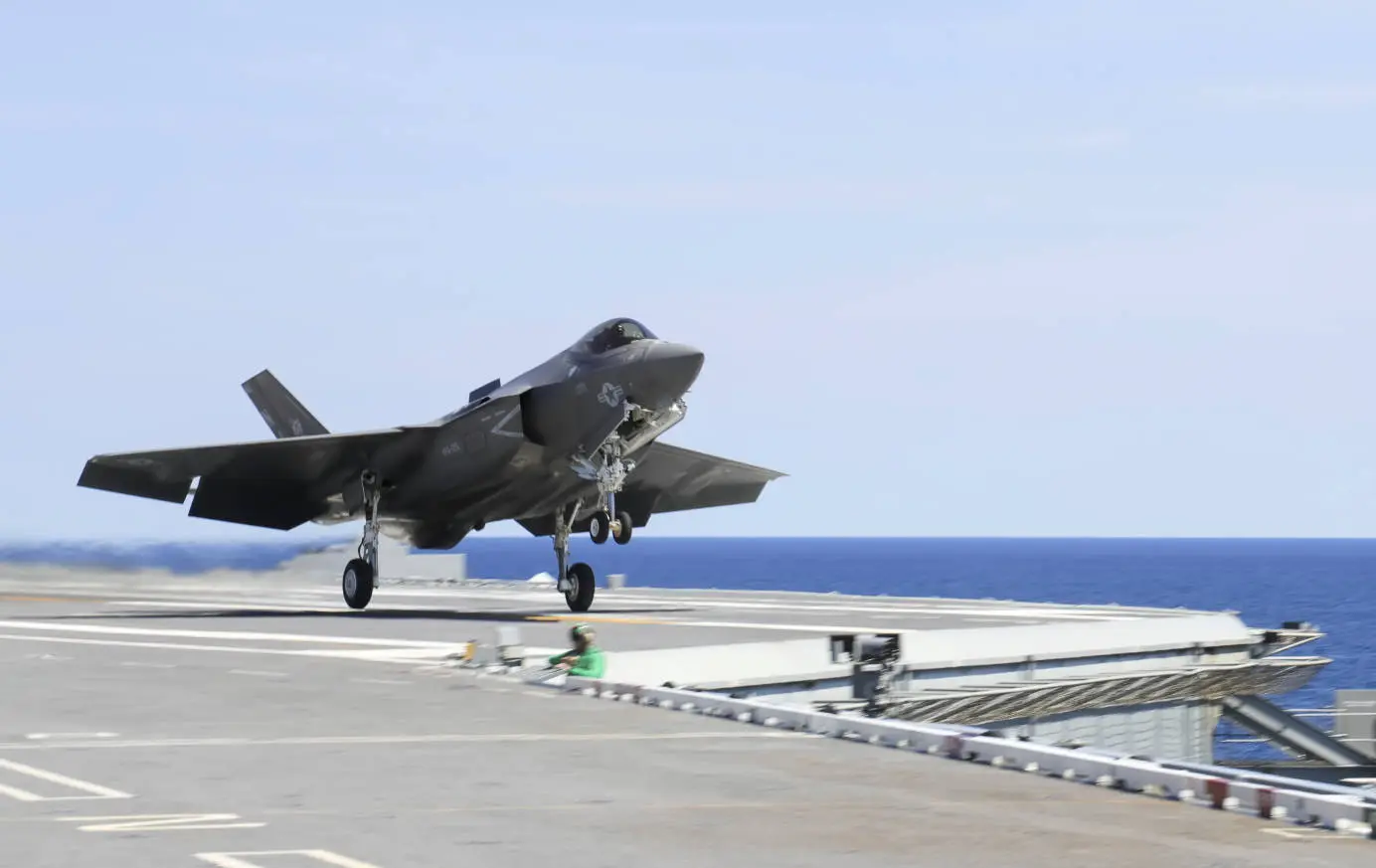
There are several disadvantages to consider as well. The F-16's compact size and limited payload capacity could limit its operational effectiveness compared to larger carrier-based aircraft. Additionally, the modifications required to make the F-16 suitable for carrier operations could significantly impact its performance and range.
Alternatives to Landing F-16s on Aircraft Carriers
While landing an F-16 on an aircraft carrier may present numerous challenges, there are alternative solutions to consider.
One option is to utilize aerial refueling to extend the range and endurance of F-16s during naval operations. By refueling in mid-air, F-16s could operate from land-based airfields while still providing support to carrier strike groups.
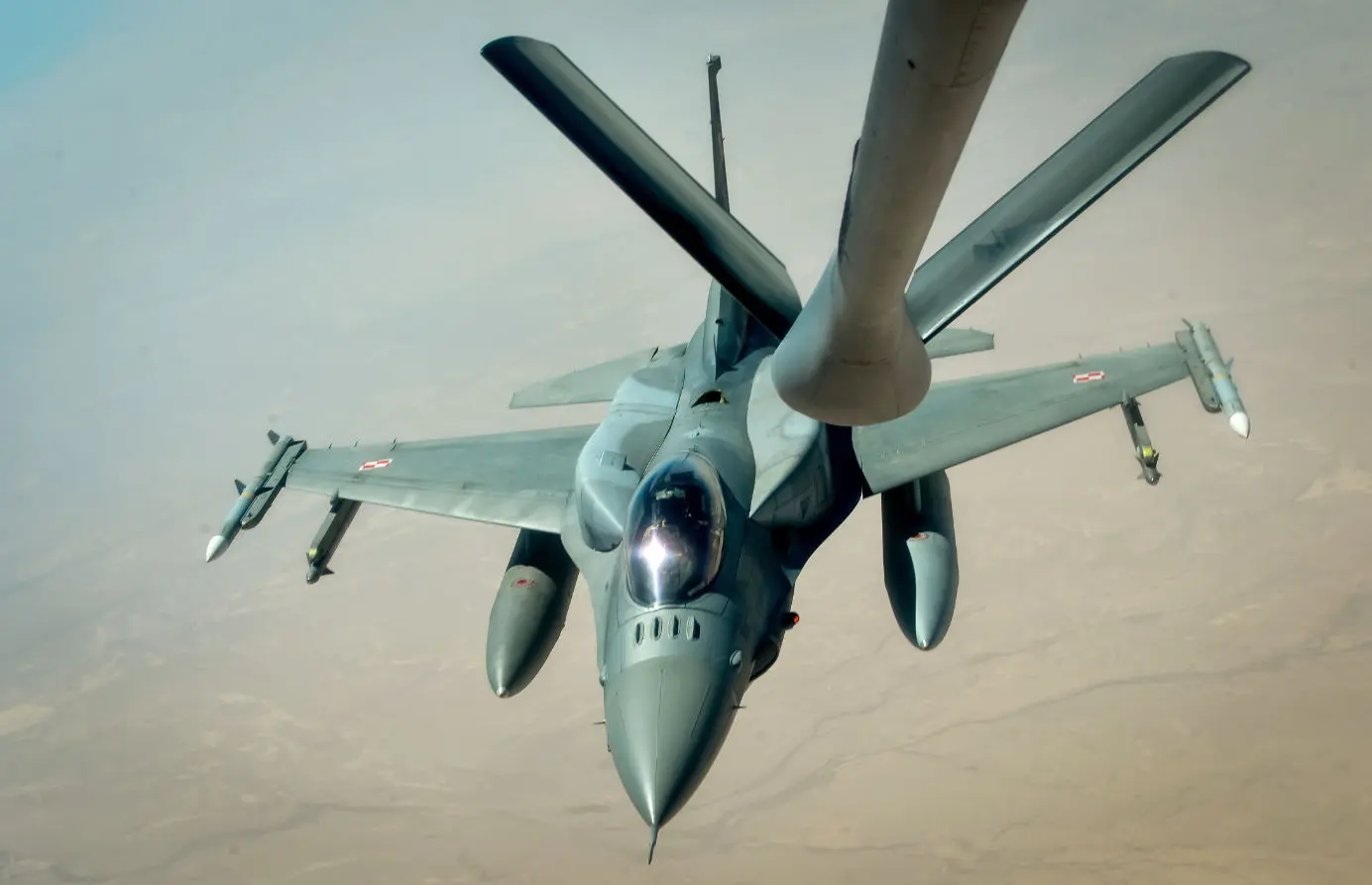
Another alternative is the use of unmanned combat aerial vehicles (UCAVs) that can operate from aircraft carriers. UCAVs offer the advantage of reduced risk to human pilots and the ability to carry out missions that would be too dangerous for manned aircraft. These autonomous aircraft could potentially fulfill the roles traditionally performed by fighter jets like the F-16.
Could the F-16 Be Adapted for Carrier Operations?
While landing an F-16 on an aircraft carrier may not be feasible with the current design and capabilities of the aircraft, it is not entirely impossible.
Advancements in aircraft design, materials, and technology could potentially overcome the challenges associated with landing an F-16 on an aircraft carrier. The F-16 would need to use the electromagnetic aircraft launch systems (EMALS) on aircraft carriers, which could provide the necessary infrastructure for launching F-16s on carriers.
For that, the F-16 would need to be strengthened in its airframe and landing gear, as we mentioned above. But all of these improvements would be expensive, especially considering the aging design of the F-16.
Most importantly, other aircraft are already doing a good job on the US Navy aircraft carriers. It is unlikely that the F-16 will be adapted for carrier operations as the newer, more advanced Lockheed Martin F-35 Lightning II (C-variant) is already developed and deployed for the US Navy carriers.
Case Studies of Successful Aircraft Carrier Landings by Other Fighter Jets
While an F-16 has yet to land on an aircraft carrier, other fighter jets have successfully performed carrier-based landings. One notable example is the F-35C Lightning II, a fifth-generation stealth fighter designed for carrier operations. The F-35C's larger wingspan and modified landing gear make it better suited for carrier landings compared to the F-16.
Another example is the F/A-18 Super Hornet, a multirole fighter jet used by the United States Navy. The Super Hornet's design incorporates features specifically tailored for carrier operations, including folding wings and a strengthened airframe.
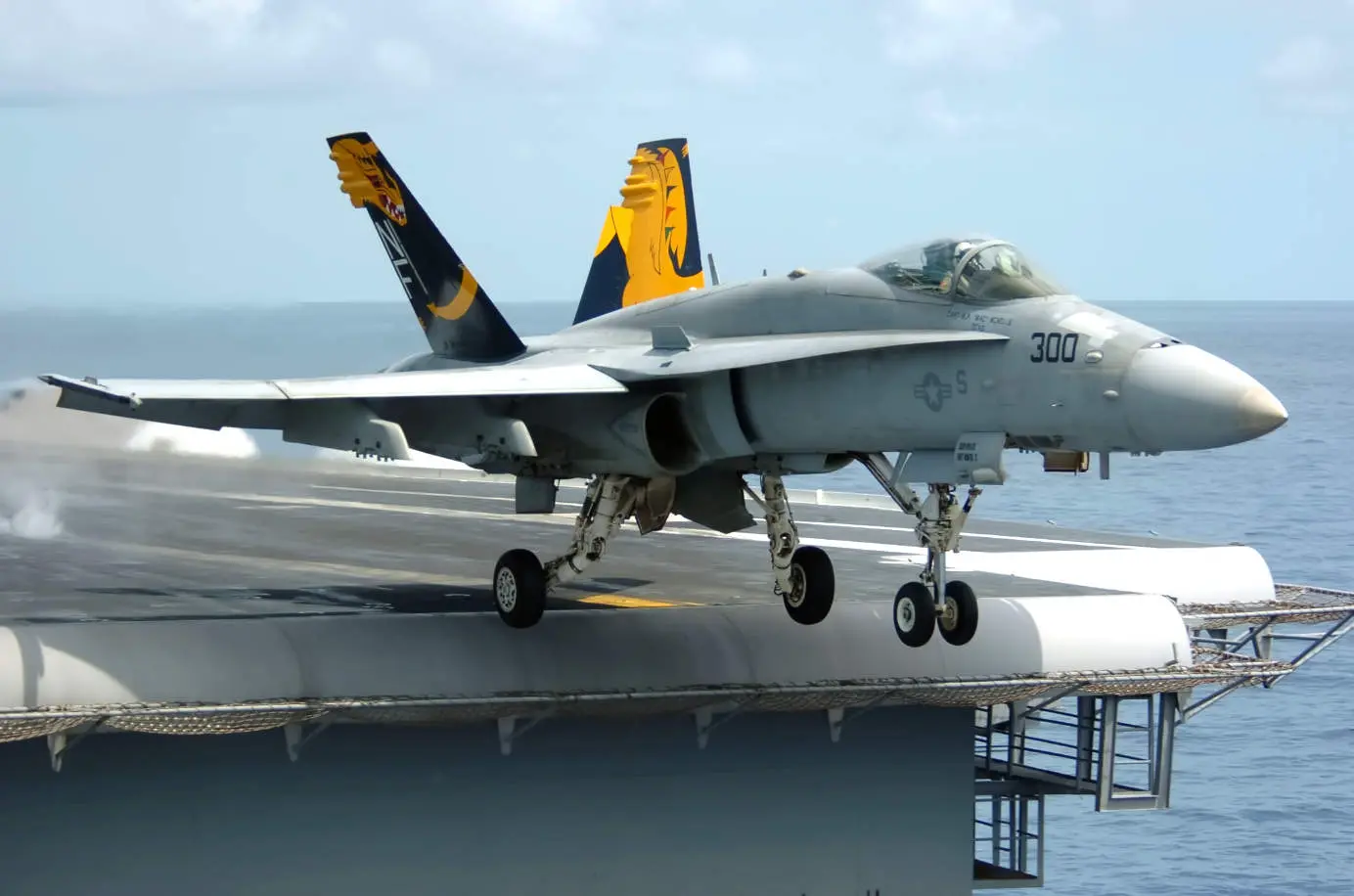
Conclusion: The Feasibility of Landing an F-16 on an Aircraft Carrier
While the F-16 is a remarkable fighter aircraft, it is simply not designed for the demanding conditions on aircraft carriers. The F-16 cannot takeoff from or land on aircraft carriers. The F-16 is a US Air Force aircraft and is simply not designed for the US Navy's requirements.
The limited runway length, landing gear requirements, and the F-16's light airframe make it impossible for an it to successfully land on (or take off from) an aircraft carrier without extensive modifications.
Instead, alternative solutions, such as aerial refueling offer viable options for incorporating F-16s into naval operations.
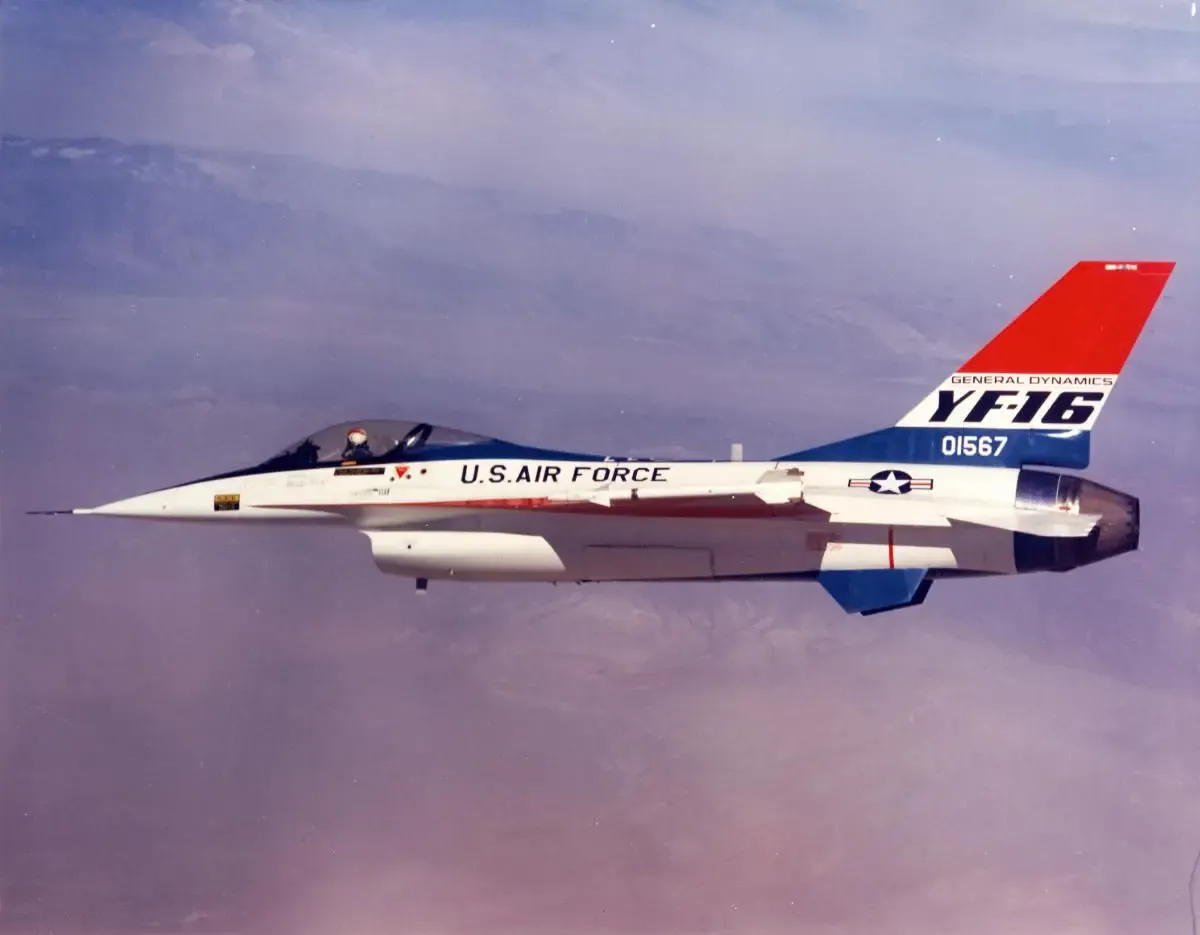
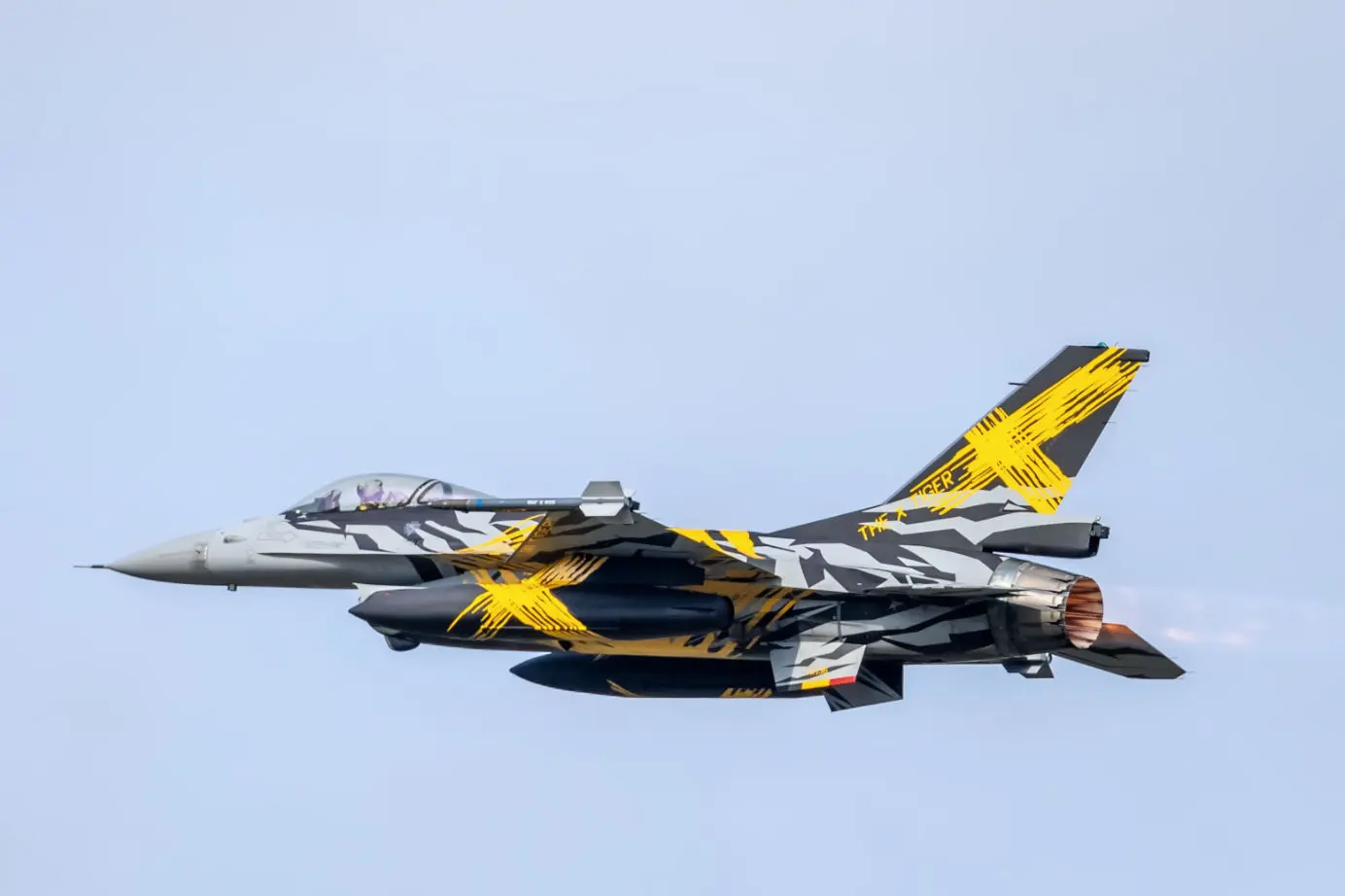
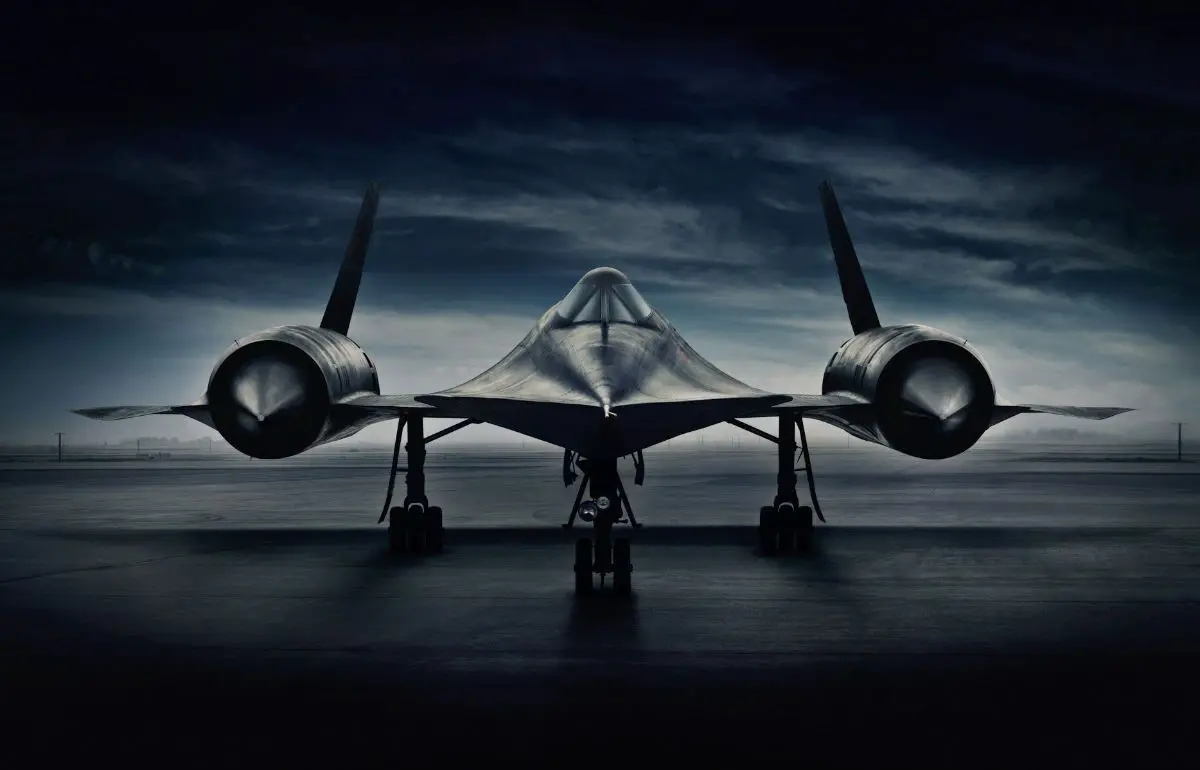
Planenerd Newsletter
Join the newsletter to receive the latest updates in your inbox.







